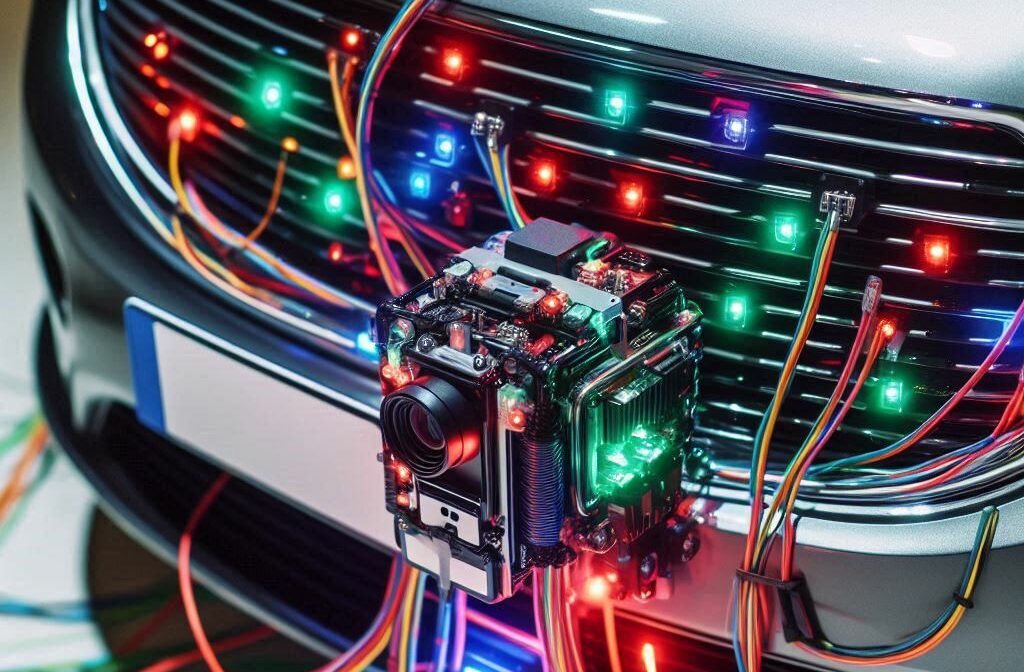Types of Sensors in Autonomous Vehicles
Sensors are indeed crucial for autonomous vehicles and IoT devices. Let’s dive into the details:
-
LiDAR (Light Detection and Ranging):
-
Function: Measures distances by illuminating a target with a laser and analyzing the reflected light.
-
Use: Creates high-resolution 3D maps of the environment, detecting obstacles and mapping surroundings.
-
Example: Velodyne LiDAR sensors are widely used in autonomous vehicles.
-
-
Radar (Radio Detection and Ranging):
-
Function: Uses radio waves to detect objects and measure their speed and distance.
-
Use: Effective in adverse weather conditions (rain, fog) and for long-range detection.
-
Example: Bosch and Continental are key suppliers of radar sensors for autonomous vehicles.
-
-
Cameras:
-
Function: Captures visual information similar to human eyes.
-
Use: Detects road signs, traffic lights, lane markings, and other visual cues.
-
Example: Mobileye provides advanced camera systems for autonomous driving.
-
-
Ultrasonic Sensors:
-
Function: Uses sound waves to detect objects in close proximity.
-
Use: Assists in parking and low-speed maneuvers by detecting nearby obstacles.
-
Example: Parking sensors in many modern cars use ultrasonic technology.
-
-
Inertial Measurement Units (IMUs):
-
Function: Measures vehicle acceleration and rotation.
-
Use: Helps in determining the vehicle’s position and orientation.
-
Example: Bosch and Analog Devices provide IMUs for automotive applications.
-
-
GPS (Global Positioning System):
-
Function: Provides location data by communicating with satellites.
-
Use: Assists in navigation and route planning.
-
Example: Garmin and TomTom offer GPS systems for vehicles.
-
How Sensors Work Together
Autonomous vehicles use a combination of these sensors to create a comprehensive understanding of their surroundings. This sensor fusion allows the vehicle to navigate safely, make real-time decisions, and adapt to changing conditions. For example, LiDAR provides detailed 3D maps, while radar ensures detection in poor visibility, and cameras interpret visual cues.
Future Developments
As technology advances, we can expect improvements in sensor accuracy, range, and integration. Innovations like solid state LiDAR and advanced AI algorithms will enhance the capabilities of autonomous vehicles, making them even more reliable and efficient.
Real-World Applications
-
Smart Agriculture: Sensors monitor soil moisture, crop health, and weather conditions, optimizing irrigation and fertilization.
-
Healthcare: Wearable devices track vital signs, providing continuous data for personalized care.
-
Smart Cities: Sensors manage traffic flow, energy consumption, and waste management, improving urban living.
Sensors are the backbone of the IoT and autonomous vehicle technology, enabling these systems to perceive and interact with their environments effectively. They are essential for the future of transportation, healthcare, agriculture, and smart cities.
Expectation: Future of Sensor Technology – Exploring Innovation (atlemonwave.com)

